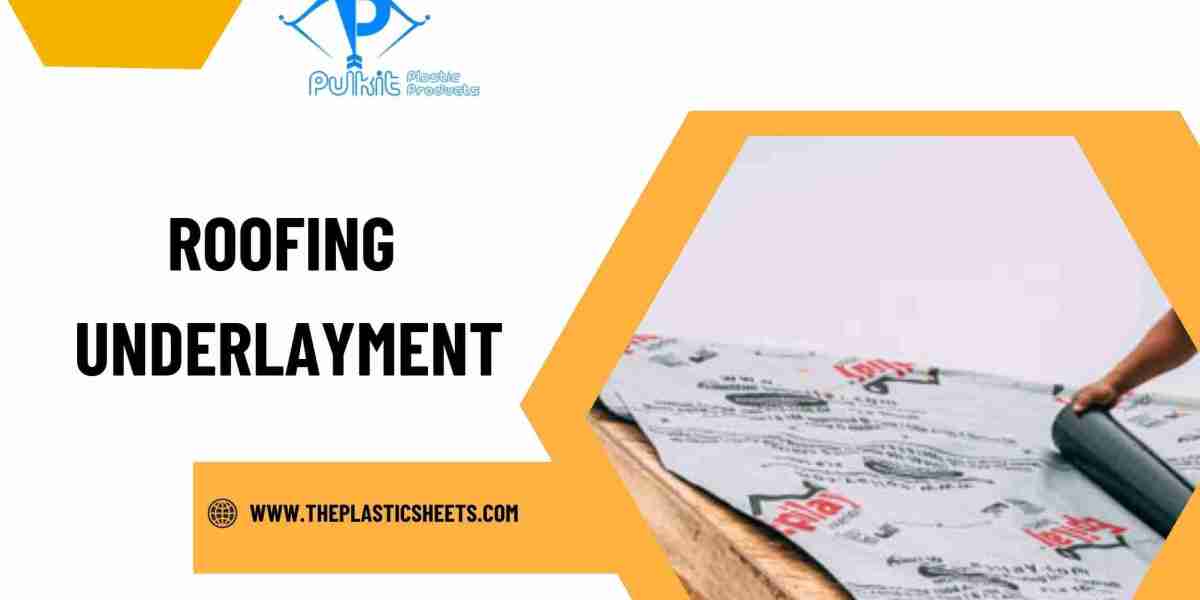Construction site hoardings play a crucial role in every construction project. Not only do they provide necessary security and privacy, but they also help businesses comply with important regulations. These regulations, often set by local councils and planning authorities, ensure that construction sites are safe, secure, and respectful of the surrounding environment.
In this blog, we will guide you through the essential regulations related to construction site hoarding and explain how hoarding board printing can help you maintain compliance while adding an element of branding and public engagement.
Why Compliance Matters for Construction Site Hoardings
While hoardings may seem like an afterthought, they play a crucial role in ensuring safety and preventing potential hazards during construction. They not only protect workers and the public but also help establish a professional image for your project.
Ensuring compliance with local regulations can avoid fines, project delays, and other costly setbacks. In many cases, non-compliance can lead to temporary suspension of work until adjustments are made, which could harm your project timeline. Moreover, adherence to these regulations ensures that your site hoarding doesn’t negatively impact the community or surrounding environment.

Key Regulations for Construction Site Hoardings
Construction site hoarding must comply with various regulations to ensure safety, security, and environmental standards. These include height restrictions, material durability, and clear signage to protect the public and workers.
1. Hoarding Height and Structure
The height of hoardings in the UK typically ranges from 2.4m to 4m, depending on the site’s location and proximity to public areas. Always check with local authorities for any height restrictions and obtain necessary permits if exceeding limits. Ensure structural safety, especially for external pressures like wind and accidental impact.
2. Material Regulations
Construction hoardings must be durable, weather-resistant, and fire-safe, meeting public safety standards. Eco-friendly materials are encouraged, and hoarding board printing can help meet sustainability requirements while ensuring high-quality branding. Always ensure materials are strong enough for the entire project’s duration.
3. Safety and Security Regulations
Hoardings must secure the construction site, keeping unauthorised individuals out and protecting workers and the public. Proper installation is crucial to avoid risks like sharp edges or loose panels. Additionally, ensure safety signage follows HSE guidelines, including hazard warnings and emergency contacts.
The Role of Hoarding Board Printing in Compliance
Hoarding board printing is essential not only for aesthetic purposes but also for legal and regulatory compliance. High-quality printing helps to ensure that all required signage is clearly visible and legible. If your hoarding features branding or public-facing graphics, it's important that these prints do not obscure safety information or project details.
1. Hoarding Height and Structure
Hoarding height in the UK usually ranges from 2.4m to 4m, depending on the site’s location and proximity to public areas.Always check with local authorities for any specific height restrictions before installing hoardings. Exceeding standard limits may require additional permits and safety reviews.
2. Material Regulations
They must meet safety standards, including fire resistance and weather durability. Eco-friendly materials are encouraged, and using sustainable printing practices like hoarding board printing can help meet environmental and safety regulations.
3. Safety and Security Regulations
Hoardings must create a secure barrier to prevent unauthorised access and protect workers and the public. Compliance with HSE guidelines, including clear safety signs, hazard warnings, and emergency contact information, is essential for ensuring safety on site.
Steps to Ensure Compliance with Construction Site Hoarding Regulations
Now that you have an understanding of the key regulations surrounding hoardings, let’s look at actionable steps you can take to ensure compliance:
1. Consult with Local Authorities and Planning Departments
The first step is always to check with the local planning authorities before you install any hoarding. Every local authority may have different regulations regarding the type of materials, height, or appearance of hoardings. This is also the time to inquire about any permits or permissions required.
2. Use the Right Materials
When selecting materials for your site hoarding, choose options that comply with safety and durability regulations. This is where hoarding board printing can play a role. Using materials like composite boards ensures that your hoarding is both strong and weather-resistant, while also providing a smooth surface for high-quality prints.
3. Ensure Proper Installation
Installation is key to compliance. Ensure that your hoarding is installed securely, that it doesn’t obstruct pedestrian pathways, and that it adheres to all structural regulations. Failure to install your hoarding properly can lead to safety hazards and potential fines.
4. Regular Maintenance and Inspection
Once the hoarding is installed, it's important to maintain it regularly. Inspect it for damage, fading, or any safety hazards. If the signage begins to wear out, replace it promptly to maintain compliance and avoid fines. Regular maintenance also ensures that your hoarding continues to serve its purpose throughout the project.
5. Engage with the Local Community
Another benefit of hoarding board printing is its ability to engage with the local community. By using your hoarding to share project progress, timelines, or even showcase local events, you can create goodwill and help people stay informed. This proactive approach not only builds trust but also demonstrates that you're operating in accordance with local regulations and community standards.

Common Mistakes to Avoid in Hoarding Compliance
Even with the best intentions, there are some common mistakes that contractors make when it comes to construction site hoardings. Avoid these pitfalls to ensure your site remains compliant and professional:
1. Ignoring Signage Requirements
This is a serious issue. Neglecting to display the required health and safety signage or emergency contact information can lead to significant fines. Always double-check the signage regulations and ensure that all required details are clearly visible and legible.
2. Neglecting Maintenance
If your hoarding begins to show wear and tear, you must replace or repair it as soon as possible. Faded prints, damaged panels, or loose sections can be dangerous and non-compliant with regulations.
3. Using Non-Compliant Materials
Opting for low-quality or non-compliant materials, like untreated wood or substandard printing materials, can pose safety risks and result in non-compliance. Make sure the materials you select adhere to local safety, environmental, and aesthetic standards.
Conclusion
Construction site hoardings play a vital role in both protecting your project and complying with regulations. With the right materials, clear and legible signage, and effective hoarding board printing, you can ensure that your hoarding meets all necessary legal requirements.
At Hoarding Print Company, we specialise in providing high-quality, compliant hoarding solutions that cater to both safety and visual appeal. Whether you need to secure your site or promote your project, we’re here to help ensure your hoarding is both functional and compliant.







